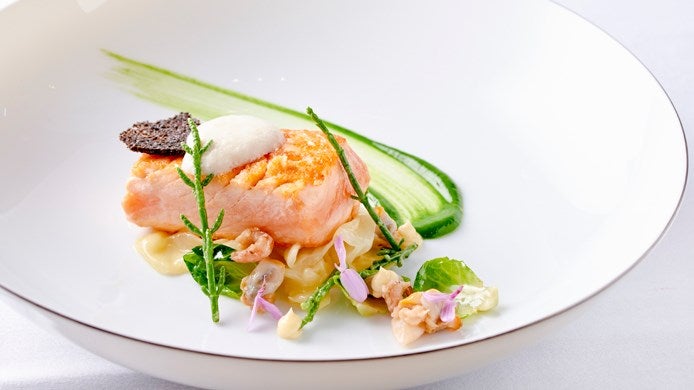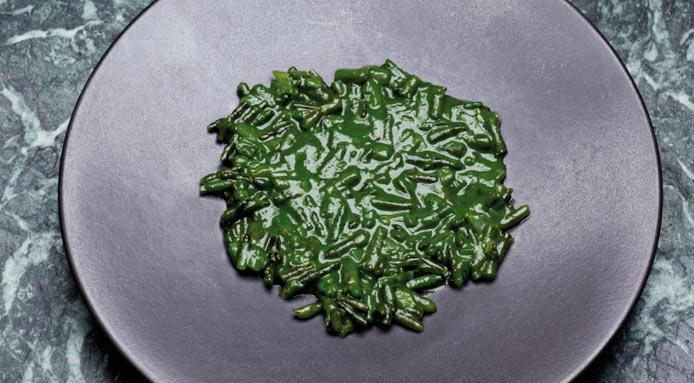What is salicornia?
Some call it asparagus of the sea while others refer to it as sea bean or samphire. The truth is salicornia goes by many names but this sea vegetable can be cooked just like any other - boiled, steamed, sautéed with garlic and olive oil, or even as a filling for seafood thanks to its natural salty flavour.
How do you recognise salicornia?
How can I recognise salicornia? It's easy. The nickname 'asparagus of the sea' gives you a hint as to what it looks like. Salicornia is a succulent that grows in small bushes by the sea or marshes. Its bright green branches look like a miniature version of asparagus. They are crunchy, salty and delicious.
What are the nutritional benefits of salicornia?
Salicornia's health benefits are very varied: the sea vegetable is rich in minerals and is loaded with vitamins A, B1, B15, C, and D. It is a plant known to strengthen the immune system, very popular among sailors who carried it with them to fight diseases during long voyages. Salicornia is also renowned for its diuretic qualities and for its purifying effects.
Salicornia shoots should be harvested between June and August – at other times the shoots will become woody. You should leave a month between cutting and harvesting to allow for regrowth. Pinch or snip off the tips of the stems, leaving the tougher lower stalks intact. Salicornia often grows in muddy areas so wash thoroughly before using in the kitchen.










